9 November 1989: the Berlin Wall falls, marking the end of the division between the East and the West. Within a year, the Eastern Bloc collapses.
27 August 1991: following the failed Soviet August Coup, Moldova, like most other republics in the USSR that haven’t done so yet, declares its independence.
8 December 1991: the presidents of Russia, Ukraine, and Belarus secretly meet to declare the Soviet Union dissolved.
25 December 1991: Mikhail Gorbachev publicly resigns as the President of the USSR, and that office ceases to exist.
The communist dream is over. Everywhere across the Empire, the red flag is taken down, statues of Lenin dismantled, the Hammer and Sickle emblems on buildings and monuments desecrated.
Well, almost everywhere.
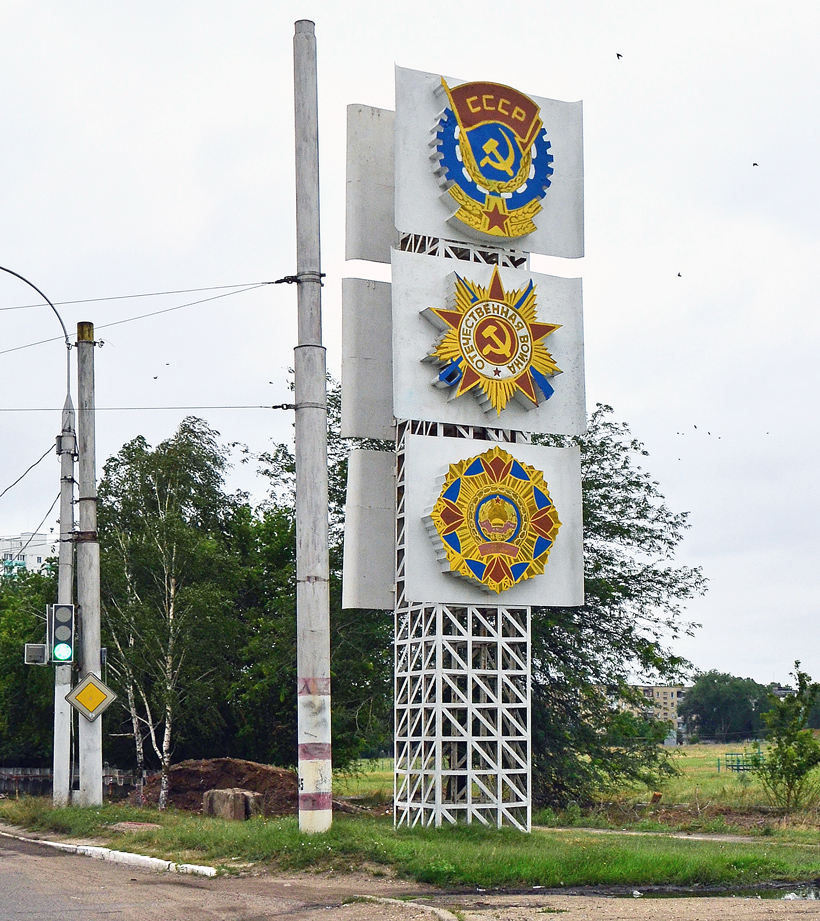
Transnistria, a thin strip of land between the River Dniester and Moldova’s eastern border with Ukraine, populated by roughly 500,000 souls, said “Niet.” The Russian niet, not the Romanian nu. During Soviet rule, industrialization brought a substantial number of Russian and Ukrainian workers to the region, whose name means “beyond the Dniester”. As a result, by 1989 the ethnic Moldovans (39.9%) were outnumbered by the Russians and Ukrainians combined (53.8%). The political rapprochement between Moldova and Romania led the Russian-speaking populations to form secessionist movements, eventually declaring the independence of Transnistria in September 1990. Thus they joined the exclusive though dubious club of unrecognized Soviet republics, together with Abkhazia, South Ossetia, and Nagorno-Karabakh.
I’m no historian, but the scenario of the early nineties could be summarized as follows: After the collapse of the USSR, magnanimous Russia decided to more or less give away weapons to everyone, so that each side could have access to proper armaments for waging their little wars, and what had thus far been very localized clashing became full-blown military conflict. The War of Transnistria lasted from March to July 1992, culminating in urban warfare in the city of Bendery. Then, once Russia was done showing the country that names might have changed but the boss was still the same, a ceasefire agreement was signed, with Russia maintaining a “peace-keeper presence”(LOL).
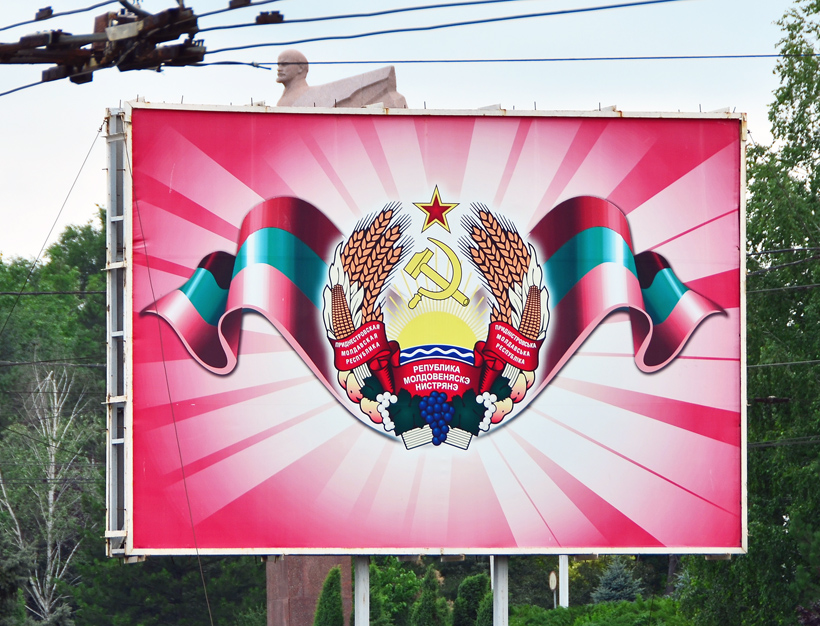
Still, it’s somewhat unclear why Transnistria remains so attached to the Soviet Union to this day, as you can see in the various pictures I snapped of the hammer and sickle, red star, and other communist symbols. Their coat of arms almost looks like a parody; it’s got wheat, corn, grapes, clover, and something that might be a potato. Seriously? And what’s up with the water? As it turns out, this is just a remodeled version of the former Moldavian SSR emblem, and the water is supposed to represent the Dniester (I would have used dark brown-grey instead of navy blue).
Yeah, sure, at some point Transnistria was part of an Autonomous Soviet Socialist Republic (itself a part of Ukraine, by the way, from 1924 to 1940). The USSR, that great defender of peoples’ freedom… Never mind that the Soviet Union’s plan was to ultimately incorporate Bessarabia (the bulk of today’s Moldova, west of the Dniester) and Transnistria into a single republic. I still don’t quite get the Soviet obsession, so ingrained that even the local nouveau riche drive Mercedes with plates that have USSR written on them. By contrast, both Abkhazia and South Ossetia profess their allegiance to post-Soviet Russia, and their Soviet relics mostly seem to be there because nobody could be bothered to tear them down.
As the capital city, with 135,000 inhabitants, Tiraspol is of course the center of the proganda. That’s where you’ll find the nationalist billboards (“Transnistria, created to live”), the big Lenin statue, the Palace of the Republic and its Soviet reliefs, the mural of the kolkhoz workers…
And now, my personal favorite Soviet memorial in Transnistria. I must note here that when I took this picture, I was in a taxi on my way back from Bendery. I quickly pointed my camera in the direction of the monument as we passed, pressed the button, and hoped for the best. Only when I arrived home could I take a closer look at what I was shooting. So what do you think? What is this cute little Prometheus-esque plaque commemorating? What was so important that it needed its own little park, lost in the middle of Tiraspol’s grey suburbs? The answer is in the inscription: “Here in 1922 was erected Moldova’s first power station, named after [you guessed it] V.I. Lenin”. Love the light-bulb sculpture on top!
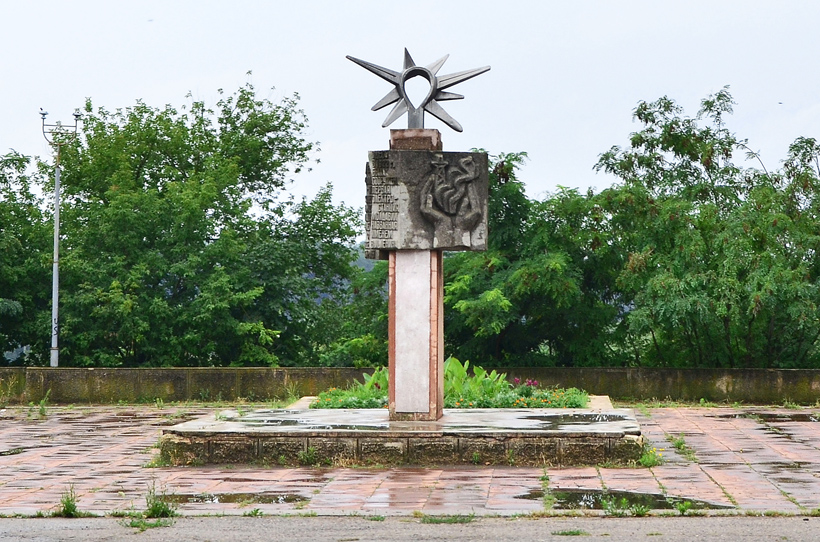
All right, time for some travel information.
Getting there and away. You don’t need a special visa to travel to Transnistria. At the time of my trip (summer 2013) the most convenient way to enter the “country” was by road. Buses run regularly from Chișinău. Since we were already renting a car in Moldova, we opted to have a Hertz chauffeur drop us in Tiraspol and take care of returning the car, which was very affordable. As you can see, there wasn’t much traffic on the road. At some point, our driver missed the turn to the main checkpoint, and we ended up entering Transnistria somewhere around Bendery. Passport control only took a couple minutes, without any questions asked. In fact, it was even too easy, for when the time came to register at the OVIR office — standard procedure for all tourists, inherited from the Soviet era — we got yelled at because we didn’t have any entry papers in our passports. This wasn’t too much of a problem though; all we had to do to regularize the situation was yell back that the idiots at the checkpoint don’t know how to do their jobs.
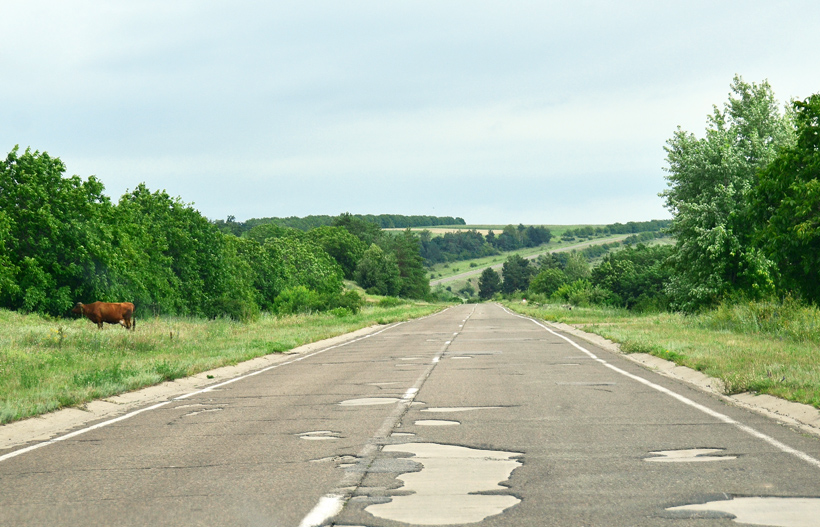
The bus station in Tiraspol is also the train station, but options are still limited. You can check the official schedule here. I seem to recall that the day I was there, the departure and arrival board was showing that every single train was canceled except for the Chișinău-Odessa. On a good day, you should be able to travel to Chișinău, Odessa, Kiev, or Moscow. On the square in front of the train station, as in many other places in the city, the atmosphere can really make you feel like Soviet Union never collapsed…
Where to stay. There are probably some modern hotels in town, but I recommend Hotel Aist (which means “stork” in Russian). As Lonely Planet puts it:
Despite a derelict exterior, this is a decent hotel. The more expensive rooms have luxuries such as hot water and TV.
Here again, apart for the off-track betting business in the lobby, it’s safe to say that very little has changed since 1991. It’s hard to explain the austere atmosphere of the lobbies, or the ridiculous deluxe rooms furnished with plywood furniture and decorated with dead flowers left over by previous occupants, but the world simply doesn’t make hotels like this anymore. As advertised, there was hot water — this is more than I can say about Gagauzia.
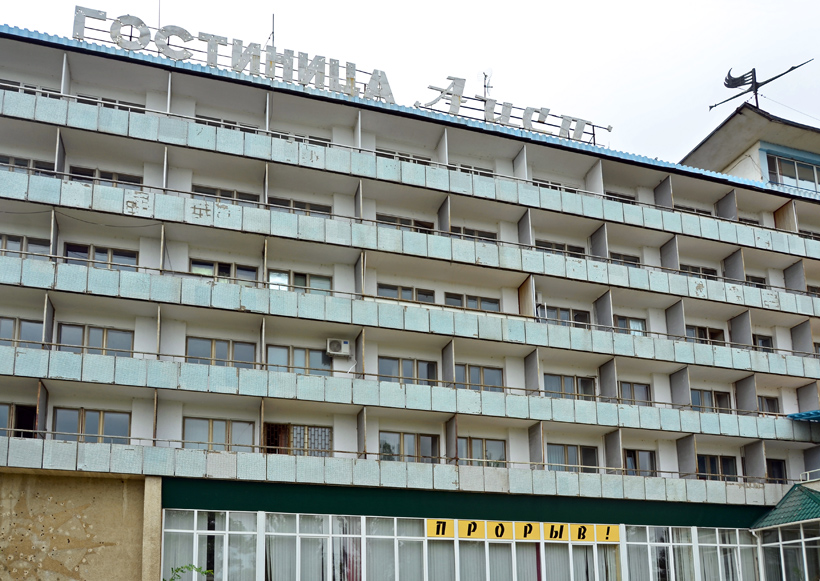
Money. Aaaaah, the money. What currency could Transnistria use, other than the ruble? The Transnistrian ruble, of course! Bills that are worth less than Monopoly notes outside of the fictitious country borders, since nobody else will touch them. A currency that started its existence as a stamped version of old USSR ruble banknotes. But the locals love it, and I clearly remember having to change money a couple times in 24 hours because this or that place refused our inferior euros, US dollars, and even other Russian rubles. I don’t think you can withdraw money at their ATMs with a foreign card, so bring cash.

Coming next, what to see and where to eat in Transnistria…

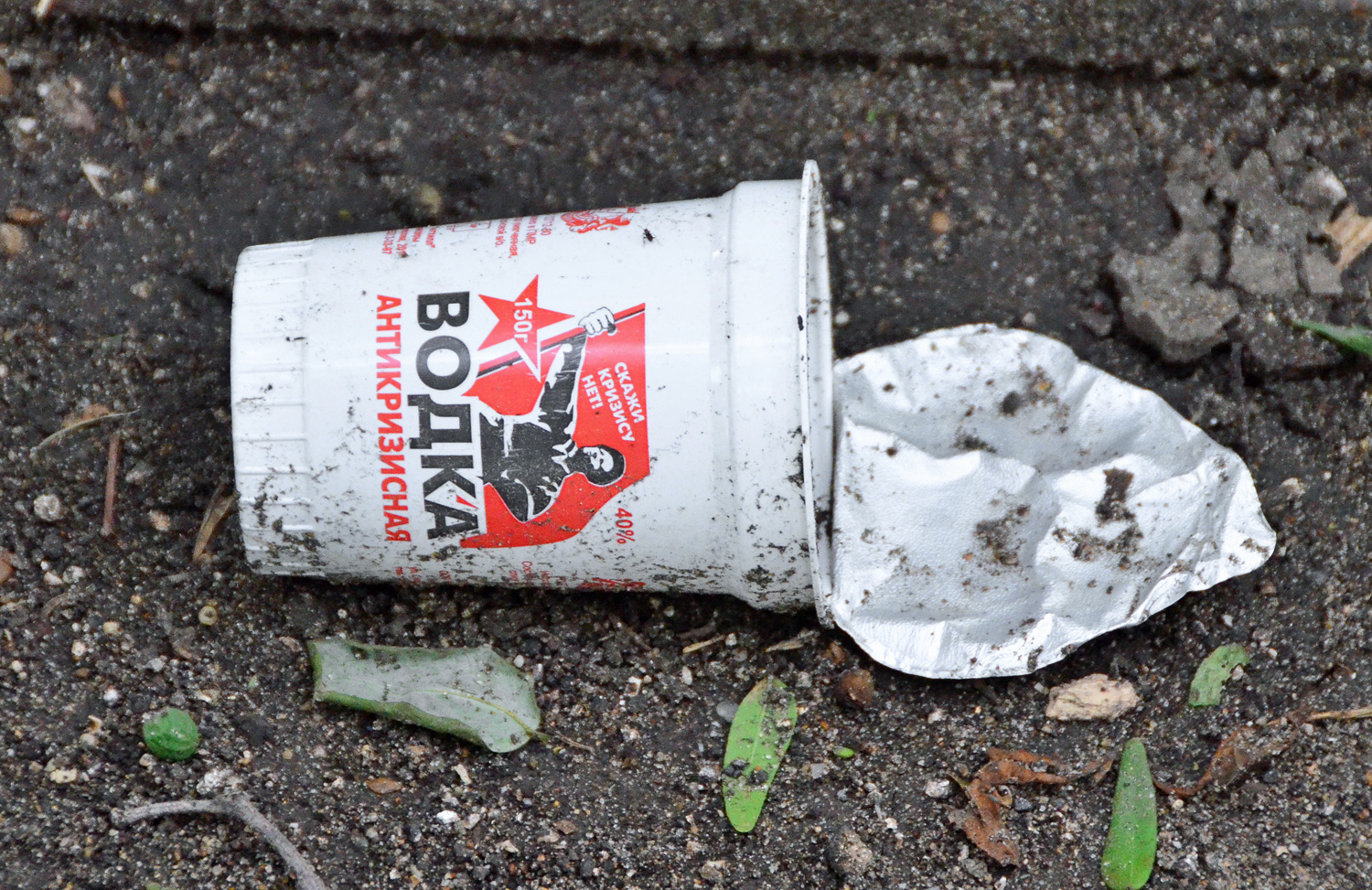



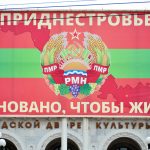

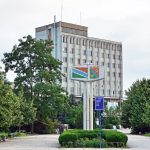
4 comments
Very helpful info. I’m going here in a couple of weeks and totally looking forward to it.
[…] mock tourist guide of Transnistria continues! After the history and travel logistics sections, let’s talk about the attractions, the gastronomy, and the […]
Very useful!
Should you make a reservation at hotel Aist?
I want to go there in July
I have trouble imagining that the hotel might be full. Or that the staff speaks English. But they do take reservations: +373 533 73 776.